-
 Kakine Green Tea by Tokujuen
Kakine Green Tea by Tokujuen
Sold Out -
 Organic Mulberry Matcha by Shimane Organic Farm
Organic Mulberry Matcha by Shimane Organic Farm
Sold Out -
 Shaku Chawan Bowl
Shaku Chawan Bowl
$ 28.00 -
 Shaku Ramen Bowl
Shaku Ramen Bowl
$ 68.00 -
 Shaku Flat Bowl, Small
Shaku Flat Bowl, Small
$ 18.00 -
 Shaku Flat Bowl, Medium
Shaku Flat Bowl, Medium
$ 28.00 -
 Shaku Flat Bowl, Large
Shaku Flat Bowl, Large
$ 58.00 -
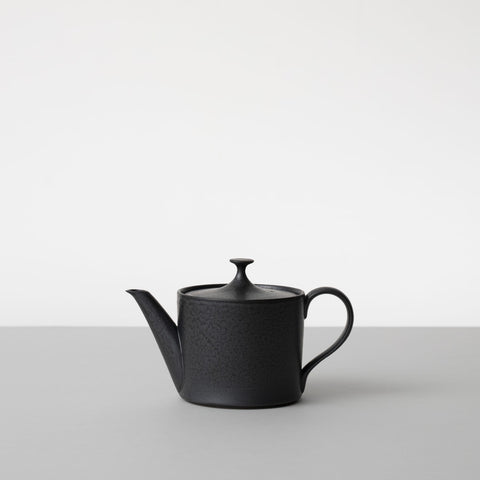 Terra Teapot, Black
Terra Teapot, Black
$ 68.00 -
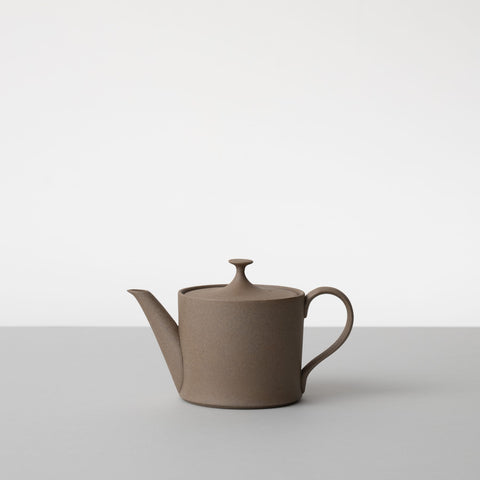 Terra Teapot, Natural
Terra Teapot, Natural
Sold Out -
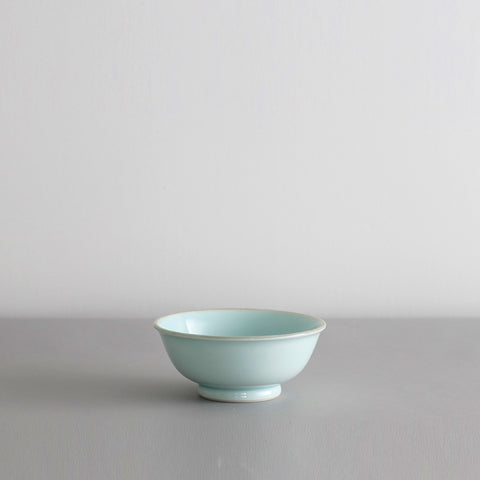 Aohakuji Chawan Bowl
Aohakuji Chawan Bowl
$ 28.00 -
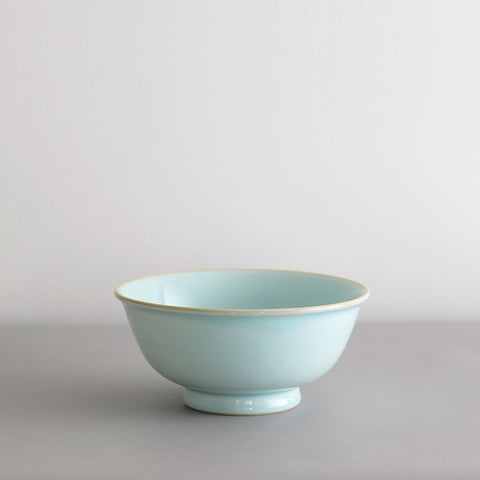 Aohakuji Ramen Bowl
Aohakuji Ramen Bowl
$ 68.00 -
 Yellow Porcelain Teapot
Yellow Porcelain Teapot
$ 115.00 -
 Yellow Porcelain Tea Cup
Yellow Porcelain Tea Cup
$ 20.00 -
 Blue White Porcelain Kyusu Teapot
Blue White Porcelain Kyusu Teapot
$ 65.00 -
 Blue White Porcelain Tea Cup, Small
Blue White Porcelain Tea Cup, Small
$ 20.00 -
 Blue White Porcelain Tea Cup, Medium
Blue White Porcelain Tea Cup, Medium
$ 24.00 -
 Blue White Porcelain Tea Cup, Large
Blue White Porcelain Tea Cup, Large
$ 28.00 -
 Duet Spoon Rest, White
Duet Spoon Rest, White
$ 12.00 -
 Duet Spoon Rest, Red
Duet Spoon Rest, Red
$ 12.00 -
 Nijiyura Tenugui, Accordion
Nijiyura Tenugui, Accordion
$ 24.00 -
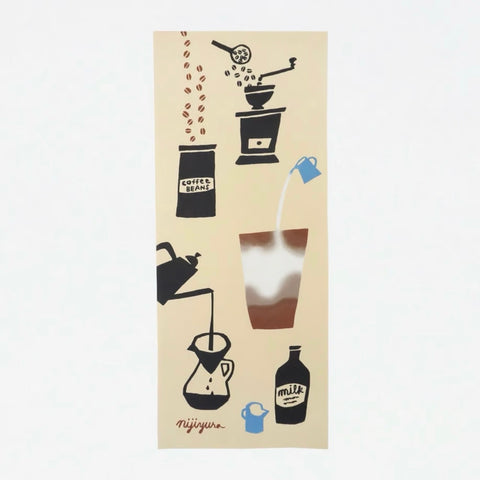 Nijiyura Tenugui, Coffee Time
Nijiyura Tenugui, Coffee Time
$ 24.00 -
 Reishi Herbal Tea, Vital Up
Reishi Herbal Tea, Vital Up
$ 36.00 -
 Reishi Herbal Tea, Relax
Reishi Herbal Tea, Relax
$ 36.00 -
 Adlay Tea by Shimane Organic Farm
Adlay Tea by Shimane Organic Farm
Sold Out
























